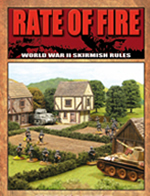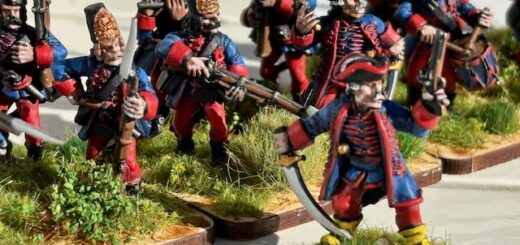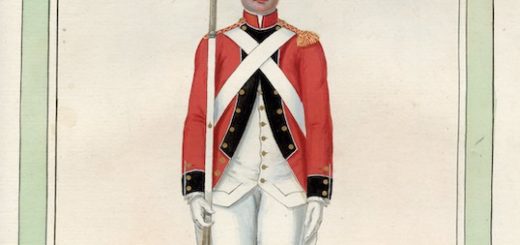Rate of fire

Regolamento skirmish a livello di plotone della seconda guerra mondiale.
Il forum della Crusader Publishing.
Manuali di pittura delle figure
Un sito con ordini di battaglia di Plotone

HE Fire
hello there,
I have been playing in my club two games of ROF and I find the rules very interesting.
One comment by my friends I had in umpiring the games were the excessive effectiveness and
promptness of indirect fire in finding new targets.
Assuming that the game is a Platoon level skirmish we think the responses of indirect fire should be
moderated by proper dice odds.
Without any modifications to the rules I would suggest a re-definition of attached, direct and general fire.
These thoughts come by reading the nice Osprey book on communications in WW2.
In the following I concentrate on US and GErman troops.
Attached fire dice are thrown in case the spotter is part of the firing unit, in direct communication with the the firer,
either part of the firing element (within the 2″ cohesion range) or via direct radio or telephone communication.
Since one handy-talkie was given to the commander of a US Platoon, to communicate with his company HQ and support platoon,
this kind of fire can be called only by a spotter C-in-C (Platoon/force commander) of a US side, and only for company assets (81mm mortars for example).
German platoon did not have a radio, so only a C-in-C not moving from the start of the battle can spot and call via a phone line Attached fire by his company assets.
All on-table indirect-fire capable weapons should fire only to elements spotted by themselves, unless they are supposed to be in a position where a phone connection is available to other (few, one?) spotters in defensive positions.
Attached fire may be called also by a forward observer team linked to an off-table high-echelon battery, either 3-men team with a walk-talky radio or a telephone fixed position, BUT
a walkie-talkie radio takes time to set-up, like a heavy weapon, and phones don’t move. Use of FO teams should be done sparingly in platoon-level games.
Direct fire dice are thrown every time an HE fire request is done from a weapon dedicated to the force, but without a point-to-point link from spotter to firer.
So any troops spotted by elements different from the radio operators can call a direct fire from company assets, and C-in-C can call battalion assets (handy-talkie to company commander, then other radio communication from company to battalion assets for US, similar by phone for germans).
Indirect fire is called for all other cases.
All this is an attempt to mitigate the effects of HE fire, without adding pluses or minuses to the tables. A little planning from the umpire
is important in setting up the communication network at the beginning of the game, but I think this time is well spent, and all this becomes a good reason to use figures equipped with radios of phone!!
answer
I think there is a lot of scope for adding more rules to the indirect fire system. The game itself is kept ‘simple’ on purpose but there is no reason why you could not add some of the systems you mention and still keep excess bookeeping to a minimum.
I would say the game mechanics are easy enough to modify and adding pre plotted missions, barrages, pre-registered fire and so on could be done without too much trouble.
If you want to add the extra detail you can also factor in the different systems that nationalities used throughout the war.



